Arguably, life was a lot easier in the 1980’s. Fashion was louder, and technology began its rapid ascent. Beyond these cultural milestones, however, is an interesting look at the economic conditions of that era. Let’s travel back in time to see what life was like, including everyday expenses and how they differed from today.
Average Income
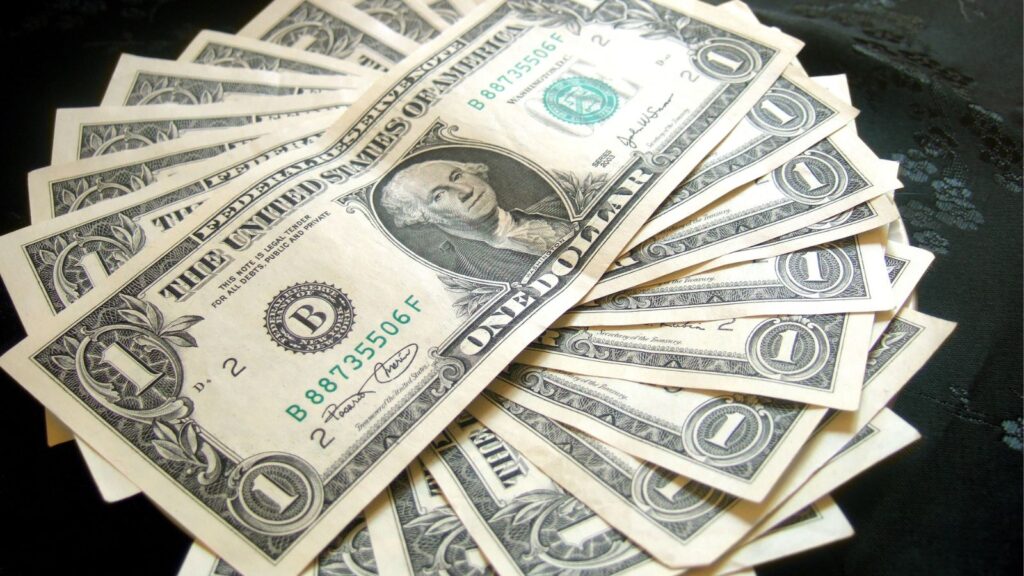
In 1980, Americans had an annual household average income of $21,023. This number reflected the challenging economic climate, including inflation and fluctuating employment rates. Yet even though income may appear relatively modest by today’s standards, this amount provided many families with a reasonable standard of living despite variance depending on geographic location or individual circumstances. It helped many households access essential goods and services without financial strain.
Minimum Wage
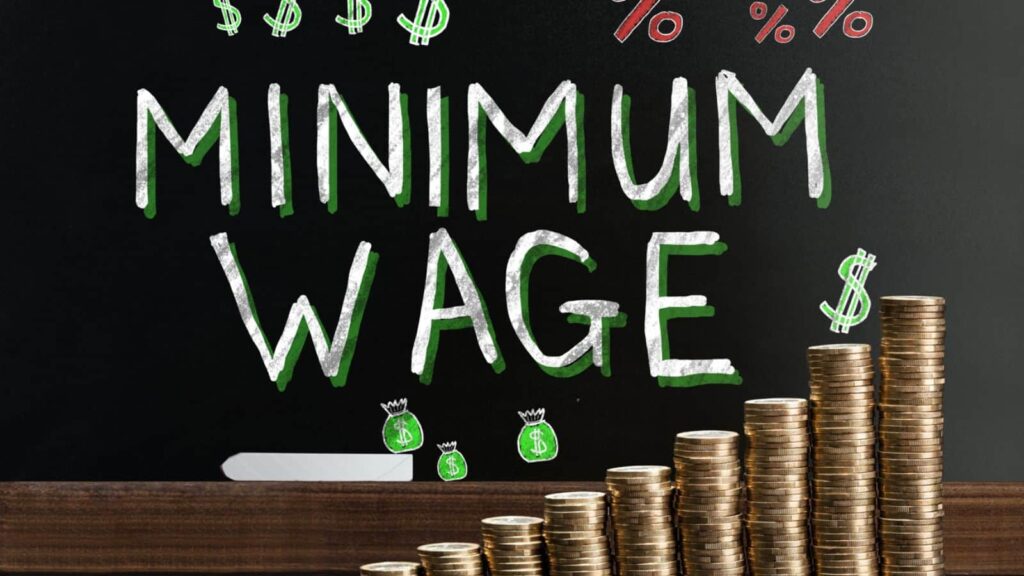
The federal minimum wage in the 80’s was $3.10 an hour, although it was lower in some states. Although it may seem low compared to what we have today, it provided essential financial stability to low-income workers. It enabled them to cover basic expenses such as food, housing, and utilities without incurring steep inflationary pressures. This wage rate also highlighted ongoing debates around wage fairness and economic policy.
Housing Costs

A median home approximate cost in 1980 was $47,200 with high mortgage interest rates exceeding 12%. This made home ownership an expensive financial commitment back in the day despite relatively lower home prices. Owning a home represented part of the American dream for many families. However, the housing market was subject to various economic forces that really affected its affordability and accessibility to individuals and families alike.
Rent Prices
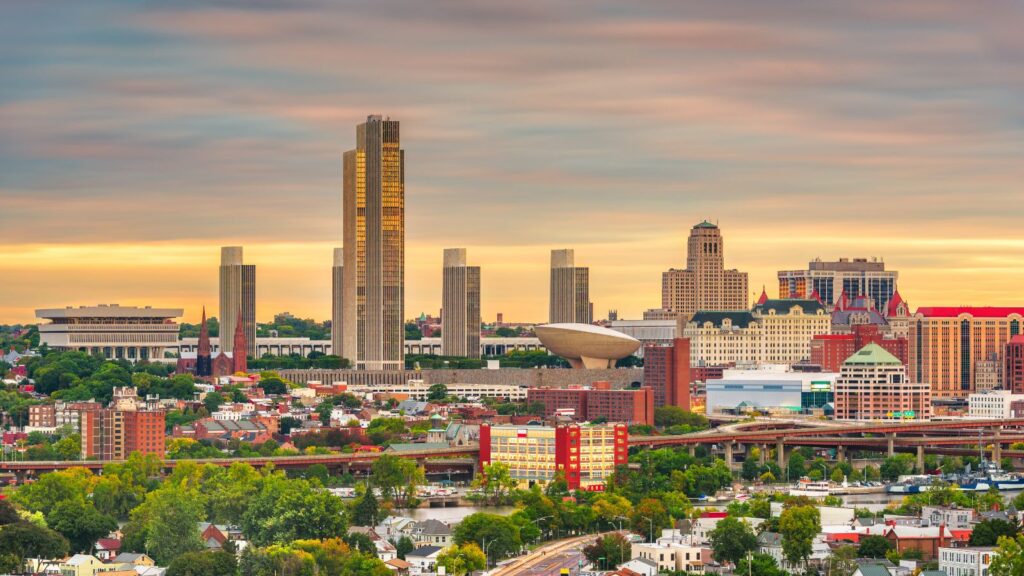
Rent prices, on average, were approximately $300 monthly during the 1980’s, depending on where one lived. Cities like New York City commanded higher rental costs compared to more rural or suburban regions. Renting was an attractive solution for families unable to afford home ownership, as well as individuals starting careers or living in high-cost areas where ownership wasn’t an option.
Utilities and Services

In the 80’s, the average monthly expenses for basic utilities such as electricity, water, and heating were about $75. These costs varied depending on the size of the home and climate conditions. For many families, utilities were a fixed part of their monthly budget. Therefore, using energy and water efficiently helped manage the costs while reflecting wider economic trends such as energy price increases or technological advancements that increased home efficiency.
Gasoline Prices

Gasoline prices in 1980 averaged approximately $1.25 a gallon. This price was heavily impacted by the energy crisis of the late 1970s, which had lasting repercussions for consumers’ commuting costs and overall transportation expenses for American families. Many started prioritizing fuel efficiency when purchasing vehicles. There was increased interest in alternative energy sources to avoid rising gasoline costs.
Automobile Costs

New cars in the 80’s cost roughly $7,600 on average and were affordable and fuel-efficient, such as Ford Pinto or Chevrolet Chevette models. Economic factors, such as inflation and fuel prices, influenced consumer automobile purchasing preferences. Owning a car provided mobility and convenience, while costs such as financing, insurance, and maintenance were incurred as part of total ownership expenses.
Public Transportation

By 1980, subway and bus fare in major cities was typically 55 cents for 3 miles. This made public transport an affordable and practical alternative to driving for commuters, students, and individuals without access to private vehicles in dense urban environments. Additionally, public transit’s relatively low costs made it an attractive solution that helped alleviate traffic congestion while simultaneously decreasing expenses related to commuting.
Grocery Prices

Grocery prices in this age were considerably less expensive than they are now, with eggs costing about 84 cents each, milk at $2.16 a gallon, and bread sold for 50 cents. These costs allowed families to maintain a balanced diet without excessive spending. However, inflation took its toll, and families often needed to budget carefully in order to manage their grocery expenditures effectively. Prices also depended heavily on location and product availability.
Dining Out

In 1980, dining out was considered a special treat for many families. At mid-range restaurants, meals costing about $8 per person were an affordable way of treating yourself on social and special occasions. Fast food chains became even more accessible options with even lower pricing structures than their mid-range counterparts. Though dining out may have been less costly, families still budgeted accordingly, as dining out still represented an expense that needed to be managed carefully.
Health Care Expenses

Healthcare costs were an ongoing worry back in the 80’s. A visit to a physician cost approximately $15, while hospital stays averaged about $360 a day. These expenses could still be managed but required careful financial planning. Many Americans relied on employer-provided health insurance plans as an auxiliary source to offset these expenses. Rising medical care expenses caused debate as it threatened overall financial stability and access to necessary health services.
Higher Education Costs

Tuition fees in 1980 at public universities averaged $7,900, while private institutions charged around $17,400 annually. Even with these costs, however, students and families still faced financial challenges, often turning to savings, part-time jobs, or financial aid to afford college education. Educational investments were seen as crucial for future career success, while increasing costs signaled the importance of financial planning and support services.
Childcare Costs

Childcare costs were an integral component of most families’ budgets in the 80’s, as parents spent roughly $40 per child per week for daycare services on average. Expenses varied depending on factors like location, type, and quality of services provided. Affordable childcare was essential for working parents as it allowed them to balance professional responsibilities with family needs more easily. The costs also played a pivotal role in household financial planning processes as they determined decision-making about work and family relationships.
Entertainment

Amusement options were affordable and diverse in the 80’s. Movie tickets cost $2.69 each, making a night at the movies an economical and popular option. Concerts, sporting events, and other live performances were also easily accessible to individuals who could afford tickets, reflecting economic realities at that time. Home entertainment, such as renting movies and listening to music, became more prevalent as people enjoyed leisure activities without financial strain.
Technology and Electronics
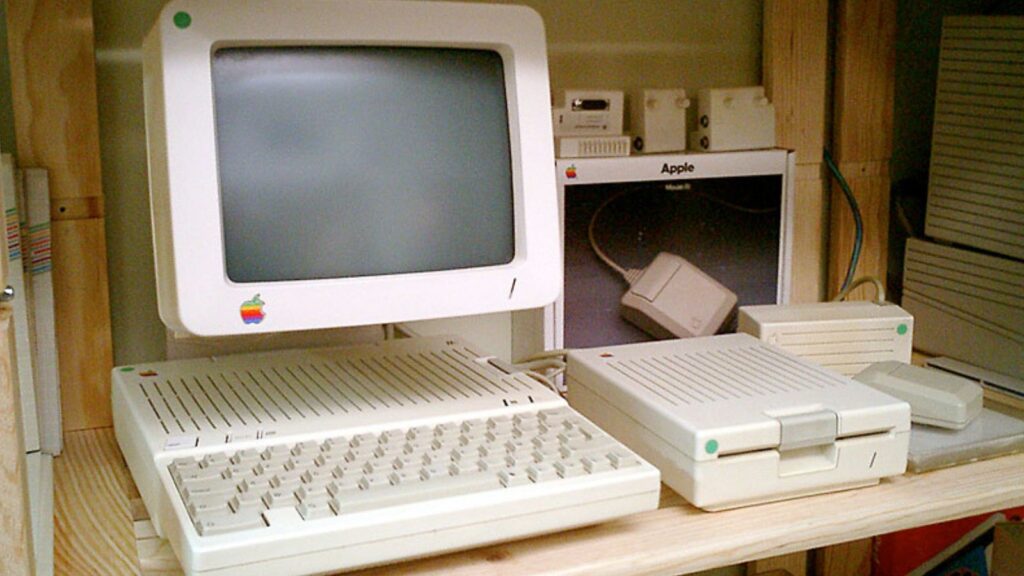
By 1980, technology had just begun to make an impressionable statement about its role in everyday life and consumer spending. Personal computers like the Apple II cost around $1,298, an expensive purchase intended mainly for enthusiasts or educational uses. Other electronics, such as TV’s and stereo systems, were also popular, with prices reflecting their newness or novelty as consumers began spending more. Their costs demonstrated how significant tech was becoming part of everyday life, and consumer spending patterns were shifting accordingly.
Clothing Costs
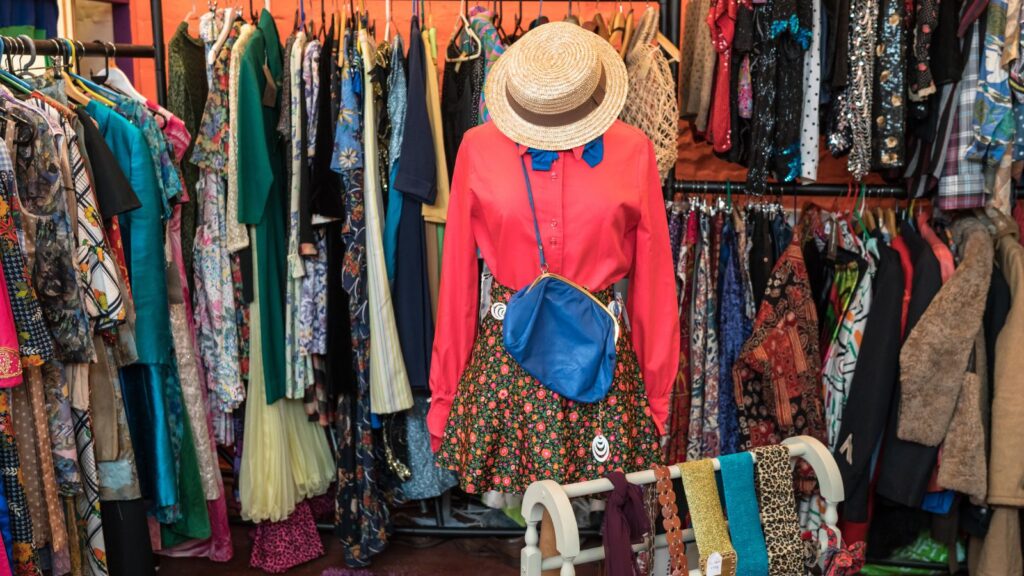
Clothing costs in the 1980’s varied depending on brand and style. Jeans cost approximately $25, while new shoes cost between $20-50. Fashion was important in self-expression, and cultural and social influences significantly shaped styles from this decade. Budget-minded consumers would often shop at department stores or take advantage of sales to manage clothing expenses. These costs were an indicator of economic conditions as well as consumer preferences.
Travel and Vacation

Travel became relatively affordable to average families in the 80’s. A domestic round-trip flight cost around $380 from Los Angeles to New York, making air travel an accessible choice for vacations and family visits. Road trips remained popular due to affordable gas and ample motels and campgrounds. Vacationing was seen as an essential way to unwind and spend quality time with loved ones. A large number of households included travel costs in their annual budgets as a form of leisure spending.
Inflation Impact

Inflation in the 80’s was an extremely pressing economic concern, reaching 14.8% annually and impacting virtually all sectors, from groceries to housing costs. Consumers felt its effects on daily expenses such as groceries and housing, leading them to adjust their spending habits and financial plans accordingly. Wages struggled to keep up with rising prices, which created economic anxiety for many families. This event made clear the significance of stable economic policies in everyday life.
19 Grim Realities of Dating After 50 That Are Often Overlooked

19 Grim Realities of Dating After 50 That Are Often Overlooked
26 Things That Will Be Extinct Because Millennials Refuse to Buy Them

26 Things That Will Be Extinct Because Millennials Refuse to Buy Them
24 Outdated Slang Terms You Absolutely Shouldn’t Be Using Anymore

24 Outdated Slang Terms You Absolutely Shouldn’t Be Using Anymore
25 Hardest Parts About Getting Older That No One Ever Talks About

25 Hardest Parts About Getting Older That No One Ever Talks About






